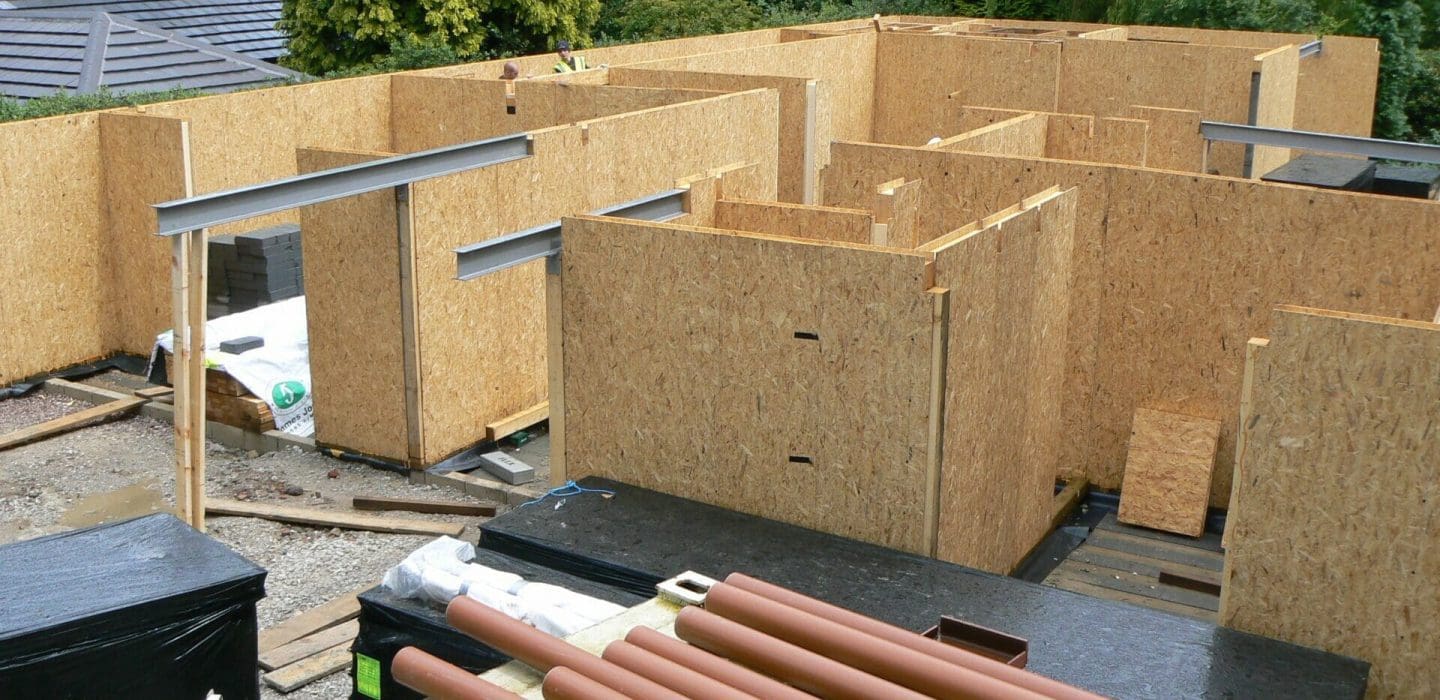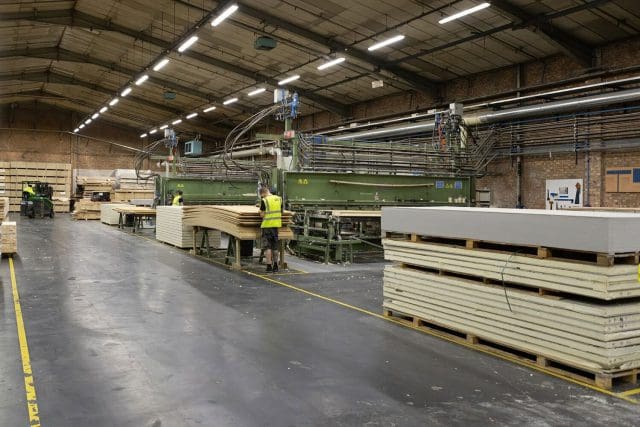SIP-based structures can easily meet or exceed the required levels laid down by national Building Regulations, given the correct design, standards of manufacture and build-up.
Exceed essential safety levels
All construction methods must comply with the rigorous fire performance standards outlined in the National Building Regulations. SIP-based structures are designed not only to meet but frequently surpass these critical safety requirements. This is achieved through proper design, high manufacturing standards, and precise assembly, ensuring the highest level of fire safety.








